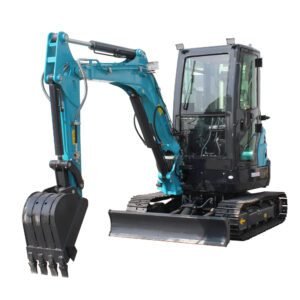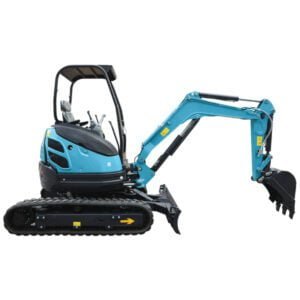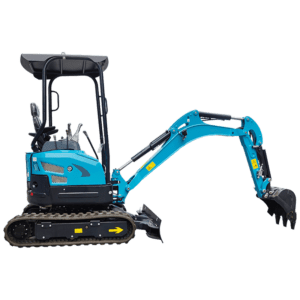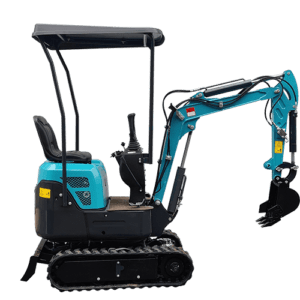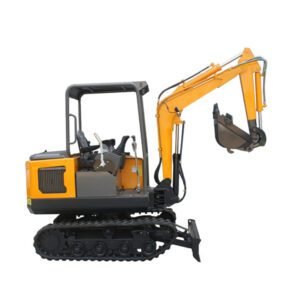E-mail: alamat email qilumachinery.com WhatsApp: 8618266768780
Cara Memilih Bucket Terbaik untuk Mini Excavator
Selamat Datang di blog saya!
Sebelum kita menyelami kontennya, saya ingin Anda bergabung dengan saya di platform media sosial tempat saya berbagi lebih banyak wawasan, berinteraksi dengan komunitas, dan mengunggah berita terkini. Berikut cara Anda dapat terhubung dengan saya:
Indonesia: https://www.facebook.com/profile.php?id=100072217509763
LinkedIn: https://www.linkedin.com/company/74949059/admin/dashboard/
YouTube:www.youtube.com/@tractormanufacturer-lc5qz,www.youtube.com/@excavatormanufacturers-sn9hk
TikTok: www.tiktok.com/@tractormanufacturer, www.tiktok.com/@excavatormanufacturers
Sekarang, mari kita mulai perjalanan kita bersama. Saya harap Anda menemukan konten di sini yang berwawasan, menarik, dan berharga.
Perkenalan
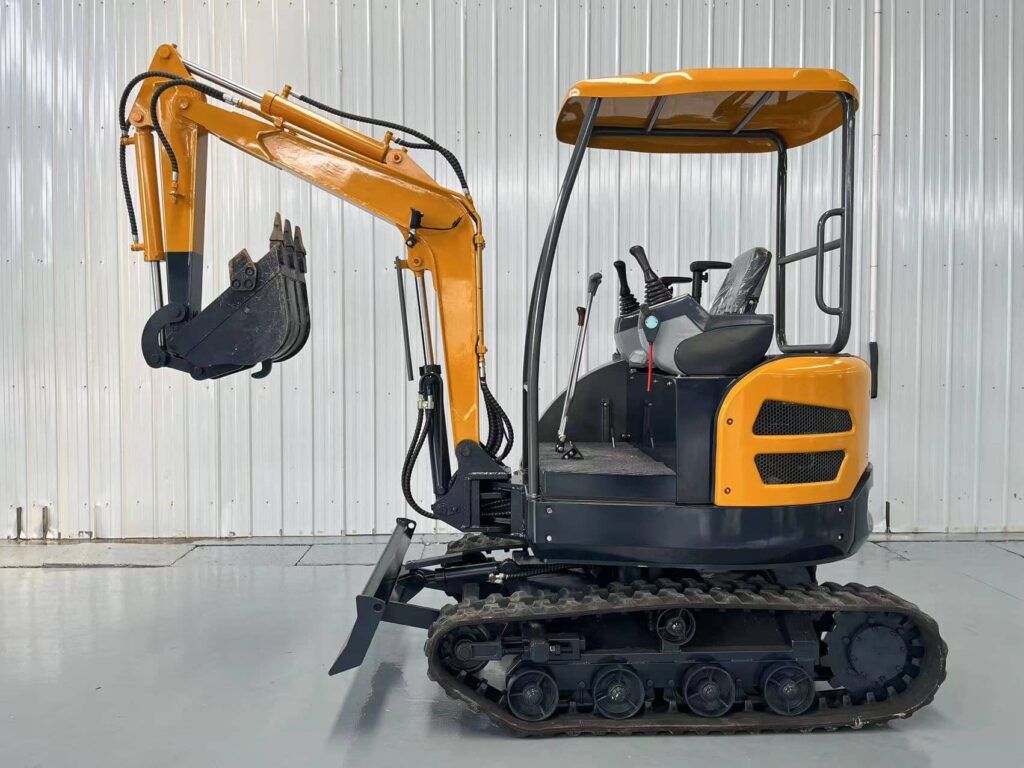
Jika ingin memaksimalkan efisiensi dan keserbagunaan ekskavator mini Anda, memilih bucket yang tepat sangatlah penting. Baik saat Anda menggali, meratakan tanah, atau membersihkan, bucket yang Anda pilih dapat memengaruhi produktivitas Anda secara signifikan di lokasi kerja. Dengan berbagai pilihan yang tersedia, menemukan bucket terbaik untuk ekskavator mini bisa jadi sulit. Panduan ini bertujuan untuk menyederhanakan proses, membantu Anda membuat keputusan yang tepat sesuai dengan kebutuhan spesifik Anda.
Understanding the Different Types of Buckets for Ekskavator Mini
General-Purpose Buckets
General-purpose buckets are the most common type of bucket for mini excavators. These buckets are versatile and can handle a variety of tasks, such as digging, loading, and material handling. They come in different sizes, allowing operators to choose the appropriate size based on the scope of the job.
Fitur Utama:
- Serbaguna untuk berbagai tugas
- Available in various sizes
- Durable and robust construction
Bucket Tugas Berat
Heavy-duty buckets are designed for more demanding tasks that involve handling abrasive materials, such as rocks, gravel, and hard soil. These buckets are built with reinforced structures to withstand the rigors of heavy-duty work.
Fitur Utama:
- Reinforced construction
- Suitable for tough, abrasive materials
- Longer lifespan compared to general-purpose buckets
Grading Buckets
Grading buckets are ideal for tasks that require precise leveling and grading. These buckets have a wider and flatter profile, making them perfect for finishing work, slope creation, and landscaping.
Fitur Utama:
- Wide, flat profile for better grading
- Ideal for finishing and landscaping
- Provides a smooth finish
Ember Penggalian
Trenching buckets are specifically designed for digging narrow, deep trenches. These buckets are narrower than general-purpose buckets, allowing them to create clean, precise trenches for utilities, pipelines, and foundations.
Fitur Utama:
- Narrow design for precise trenching
- Ideal for utilities and pipeline work
- High penetration capabilities
Specialty Buckets
For unique applications, specialty buckets are available. These can include tilt buckets, rock buckets, and clean-up buckets. Tilt buckets, for example, can tilt on a pivot, allowing for angled digging and grading, which is particularly useful in sloped areas.
Fitur Utama:
- Designed for specific tasks
- Includes tilt, rock, and clean-up buckets
- Increases versatility in specialized work
Factors to Consider When Choosing the Best Bucket for Ekskavator Mini
Persyaratan Pekerjaan
The first step in selecting the right bucket for your mini excavator is to evaluate the job requirements. Consider the type of work you’ll be performing, the materials you’ll be handling, and the site conditions. For instance, a general-purpose bucket might be sufficient for light digging, while a heavy-duty bucket would be better suited for rocky terrain.
Bucket Size and Capacity
Choosing the right bucket size and capacity is essential for maximizing efficiency. A bucket that’s too small may increase the number of cycles needed to complete a task, while a bucket that’s too large can strain your mini excavator and reduce its maneuverability.
| Bucket Size | Typical Capacity (Cubic Yards) | Aplikasi Ideal |
|---|---|---|
| 12 inches | 0.10 – 0.15 | Narrow trenching, utility work |
| 18 inches | 0.20 – 0.25 | General-purpose digging, grading |
| 24 inches | 0.30 – 0.35 | Larger trenching, heavy material |
| 36 inches | 0.40 – 0.50 | Large-scale digging, loading |
Material Durability and Bucket Design
The material from which the bucket is constructed plays a significant role in its durability. High-strength steel is commonly used in buckets for mini excavators due to its ability to withstand heavy loads and resist wear and tear. Additionally, the design of the bucket, including the shape and reinforcement of the cutting edge, determines its effectiveness in various applications.
Compatibility with Mini Excavator
Ensure that the bucket you choose is compatible with your mini excavator model. This involves checking the attachment system, hydraulic requirements, and weight limitations. Using an incompatible bucket can not only reduce efficiency but also pose safety risks.
Cost and Budget Considerations
Budget is always a factor when selecting equipment. While it might be tempting to opt for the cheapest bucket, it’s important to consider the long-term costs associated with durability, maintenance, and productivity. Investing in a higher-quality bucket can save money in the long run by reducing downtime and replacement costs.
Tips Perawatan untuk Anda Ekskavator Mini Keranjang
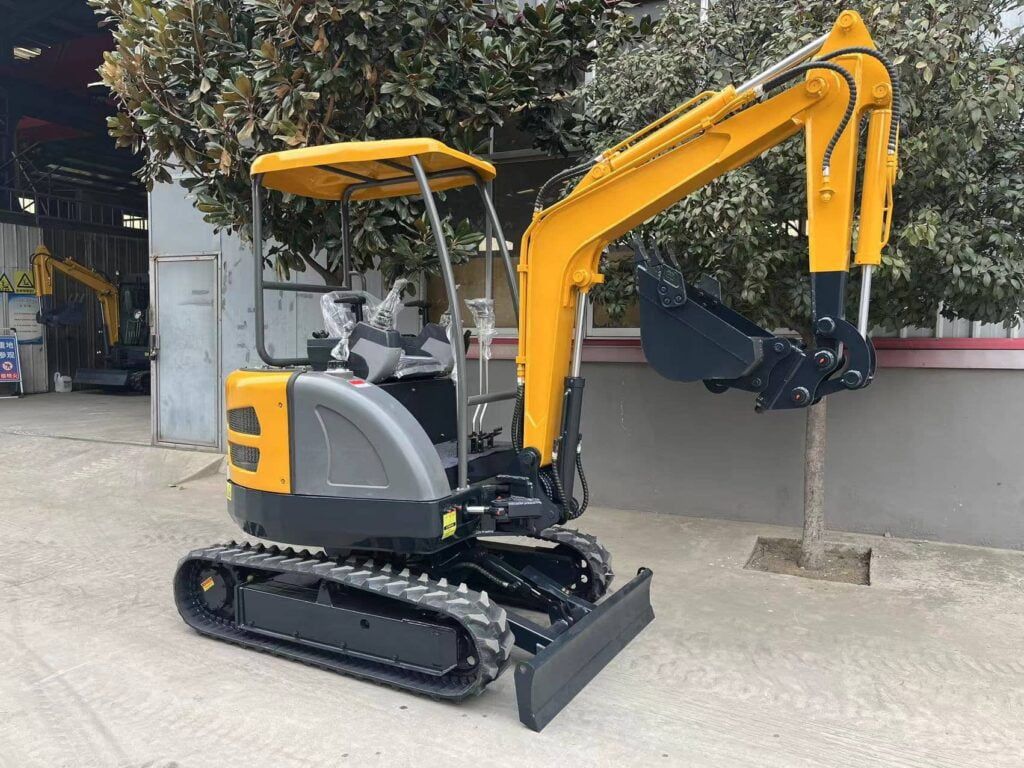
Inspeksi dan Pembersihan Rutin
Inspect your bucket regularly for signs of wear, such as cracks, dents, and worn edges. Cleaning the bucket after each use is also essential to prevent material buildup, which can lead to corrosion and reduced performance.
Pelumasan Bagian yang Bergerak
Ensure that all moving parts, such as hinges and pins, are adequately lubricated. This reduces friction and prevents wear, extending the life of the bucket and ensuring smooth operation.
Replacement of Worn Components
Over time, components like the cutting edge and teeth will wear down. Regularly replace these parts to maintain the bucket’s efficiency and avoid costly repairs. Using high-quality replacement parts will also improve the bucket’s performance.
Penyimpanan yang Tepat
When the bucket is not in use, store it in a dry, covered area to protect it from the elements. This prevents rust and prolongs the lifespan of the bucket, especially when it is made of high-strength steel.
Kesimpulan
Selecting the best bucket for your mini excavator involves careful consideration of several factors, including the type of work, bucket size, material durability, and budget. By understanding the different types of buckets available and matching them to your job requirements, you can significantly enhance the performance and efficiency of your mini excavator.
Remember, the right bucket not only improves productivity but also ensures the longevity of your equipment. Regular maintenance, such as inspection and proper storage, will further extend the life of your bucket, providing you with reliable service for years to come.
Tanya Jawab Umum
What is the most versatile bucket for a ekskavator mini?
The general-purpose bucket is considered the most versatile as it can handle a variety of tasks, including digging, loading, and material handling. It’s suitable for different job sites and materials, making it a popular choice for many operators.
How do I know what size bucket to choose?
The size of the bucket should be based on the specific tasks you need to perform. Smaller buckets are ideal for precision work like trenching, while larger buckets are better for bulk material handling. Refer to the manufacturer’s guidelines to ensure the bucket size is compatible with your mini excavator.
How often should I replace the cutting edge on my bucket?
The frequency of replacing the cutting edge depends on the type of material you’re working with and how often you use the bucket. As a general rule, inspect the cutting edge regularly and replace it when it shows significant wear to maintain the efficiency of the bucket.
Can I use a larger bucket on my ekskavator mini?
While it’s possible to use a larger bucket, it’s essential to ensure that the bucket is within the weight and size limits recommended by the mini excavator manufacturer. Using an oversized bucket can strain the machine, reduce its maneuverability, and lead to increased wear and tear.
What materials are best for heavy-duty buckets?
Heavy-duty buckets are typically made from high-strength steel to withstand the rigors of tough environments. Some buckets may also feature additional reinforcement or wear-resistant coatings for enhanced durability.
Tentang Kami
Shandong Qilu Industrial Co., Ltd. adalah produsen dan eksportir profesional yang mengintegrasikan pengembangan dan produksi ekskavator, loader, dan traktor. Kami memberikan layanan terbaik, tentu saja.
Tulisan Terbaru
Video demo
-1.png)
Hubungi Kami Hari Ini!
Ada pertanyaan, penawaran, atau permintaan? Klik tombol untuk mengirim pesan.
Qilu Industrial akan selalu siap membantu.

